Announcement
Collapse
No announcement yet.
Monocentropus balfouri communal setup
Collapse
X
-
My own care sheet and information on M.balfouri from my own experience kept short.
Monocentropus Balfouri
Monocentropus balfouri is a medium sized tarantula with females reaching up to 5 inches in leg span.
These beautiful tarantulas start of life with brownish colours eventually turning a grey/silver coloration and start getting their adult colours at about 2.5 – 3 inches. They support a beige abdomen, metallic blue/silver carapaces, with beige legs to the femur while the rest of the leg is blue and blue spinnerets.
In this species after maturity the male can be distinguished from the female in body type i.e. much darker blues especially noticeable on the carapace. As well as having a much more “leggy” appearance and smaller in body size with the female been weightier as seen in many tarantula species.
- Family - Theraphosidae
- Sub Family - Eumenophorinae
- Genera - Monocentropus
- Species - Balfouri
- Common Name - Socotra Island Blue Baboon
- Location - Socotra, a small group of four islands east of the Horn of Africa in the Indian Ocean.
- Temperature: 23°C - 28 °C higher or lower temperatures will affect activity levels and growth rates as with any tarantula.
- Humidity: 40 - 50%
- Substrate: Bone dry substrate with depth determined by size of tarantula. At least 6 inch for adults as they are burrowers.
- Type: Old world, sub-terrestrial, burrowing, fossorial, heavy webber.
- Temperament: Shy, skittish, defensive and fast but would rather retreat than attack, great feeders able to take down large prey items and communities witnessed sharing meals.
- Maturity: Females can be sexually mature at 4 inches and males as early as 1 year old.
Overall this species is a must have in anyone’s collection. It is a stunning tarantula, great features and excellent display animal with its eye catching elaborate webbing. The females are known to be great mothers. It is a hardy species making it very low maintenance and very easy to keep alone or as a community. Because of this they are considered easy to breed.
Comment
-
Update.
All slings are looking fat and healthy. Most look like they're coming up to a molt which is always an exciting time.
The webbing becomes thicker and more is laid each day/night.
They are well fed and the enclosure is now bone dry.
Still no water bowl is present in the enclosure. Instead I opt for a light spray in one corner of the enclosure (the corner furthest away from the main entrances and least webbed) More for the crickets benefit than the spiders.
I have to say, though all my slings look well fed they are not all the same size. The size differences are easily seen. With leg span differences of 1cm. There is a variety in sizes but this doesn't concern me. As I say, all well fed and all still sharing the den. Just shows growth rates vary in communities but cause no issues between siblings.
Comment
-
I too decided not to use a water bowl, and spray instead. But I sprayed directly on their web and entrances, then they would come out for a sip straight from the webbing. I never saw them drink from the bowl while i used that.
Good to hear they all are healthy and well fed. Their home is really getting good looking with all the webbing now.
Sent from my iPhone using Tapatalk
Comment
-
Just to mention I do only do one light spray once a month max. I prefer to keep my enclosure bone dry letting my balfouri get their water mainly from their prey items.Originally posted by Ian Hall View PostUpdate.
All slings are looking fat and healthy. Most look like they're coming up to a molt which is always an exciting time.
The webbing becomes thicker and more is laid each day/night.
They are well fed and the enclosure is now bone dry.
Still no water bowl is present in the enclosure. Instead I opt for a light spray in one corner of the enclosure (the corner furthest away from the main entrances and least webbed) More for the crickets benefit than the spiders.
I have to say, though all my slings look well fed they are not all the same size. The size differences are easily seen. With leg span differences of 1cm. There is a variety in sizes but this doesn't concern me. As I say, all well fed and all still sharing the den. Just shows growth rates vary in communities but cause no issues between siblings.
Comment
-
Update.
It's moulting time at the moment for most of my M.balfouri slings. A couple have moulted so far but it does seem like the others will follow and day now.
I have recently moved my collection to my GF's house so I can get new tenants for my property. Personally I wouldn't mind but not many people would like to see a large number of spiders cohabiting their future home.
With this move I have had some issues with heating. Meaning my partner "needs" to have her central heating on full blast which makes it an average 25C in every room (her house, her rules). Which means it is slightly higher within the enclosures which shows as many of my T's were reaching for the entrances trying to escape the heat. But with some smart rearranging I have sorted this issue.
On the plus side no more need for the heatmats right now.
Comment
-
That’s a good question.Originally posted by Dan Oughton View PostQuick question. When they get to adult size what size enclosure are you going to move them into?
I haven’t fully decided on my plans for the whole community yet.
I would like to keep them together all the way up to adulthood for the full experience of keeping a communal setup. It all depends on the living situation and how cramped their enclosure gets.
Once they have reached adulthood or at least to the point that sexing by molt is possible by eye I would like to divide half at least into their own enclosures for breeding purposes making more room for the remaining.
The enclosure I have them in now (25 cm X 25cm X 25cm) would not be suitable for 5 adult Balfouri never mind 10 so I will be upgrading to something larger after the next couple of molts. I imagine I’d be looking for something with the dimensions around 50cm X 30cm X 30cm if I was to keep all 10 spiders together. But I think I will be only keeping 5 together so I’ll be looking for something slightly smaller 35cm X 30cm X 30cm possibly.
Comment
-
No problem Denise all the feedback highly appreciated.Originally posted by Denise Milligan View PostGreat thread and loved the pics. Totally inspired to try my first community
thanx for all the info.
Nothing much to report at the moment. All ten are still alive and well. Feeding and molting without issue. M.balfouri from sling are a really hardy species.
I'll get some more photos uploaded over the weekend if I get time.
Comment


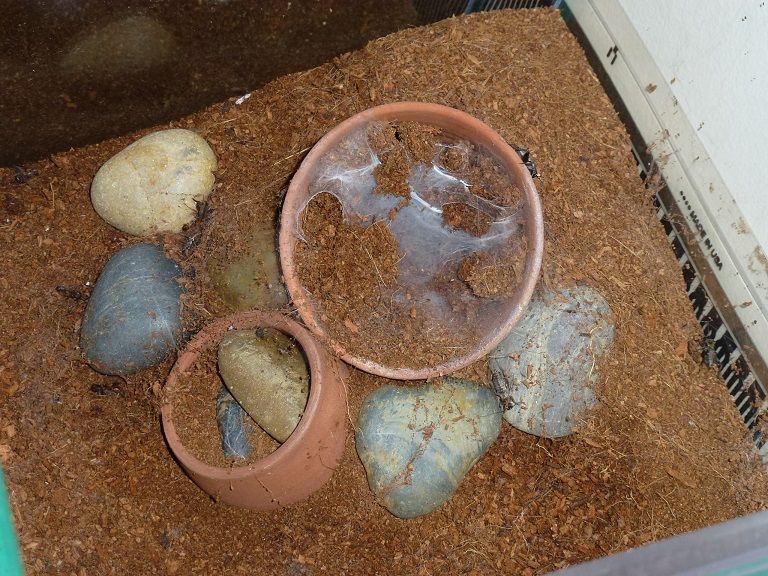
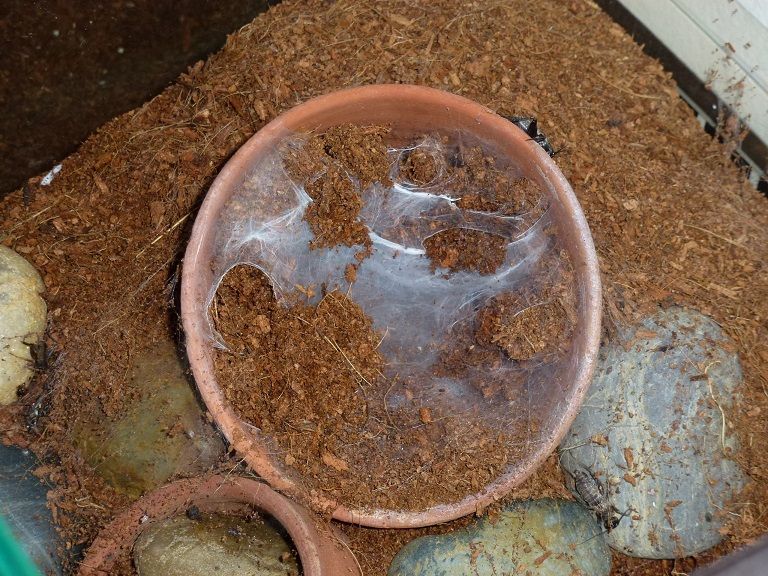

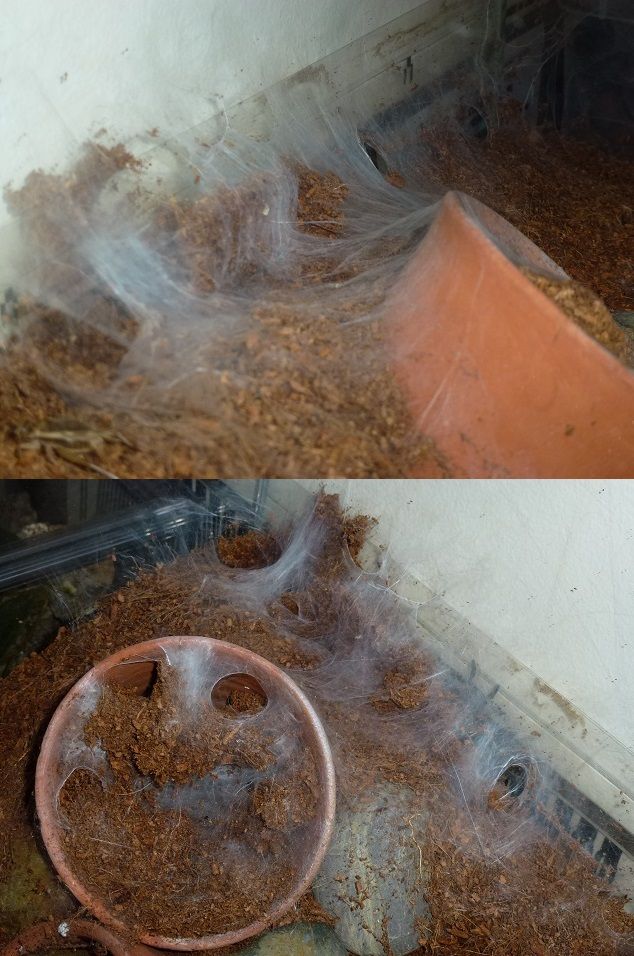
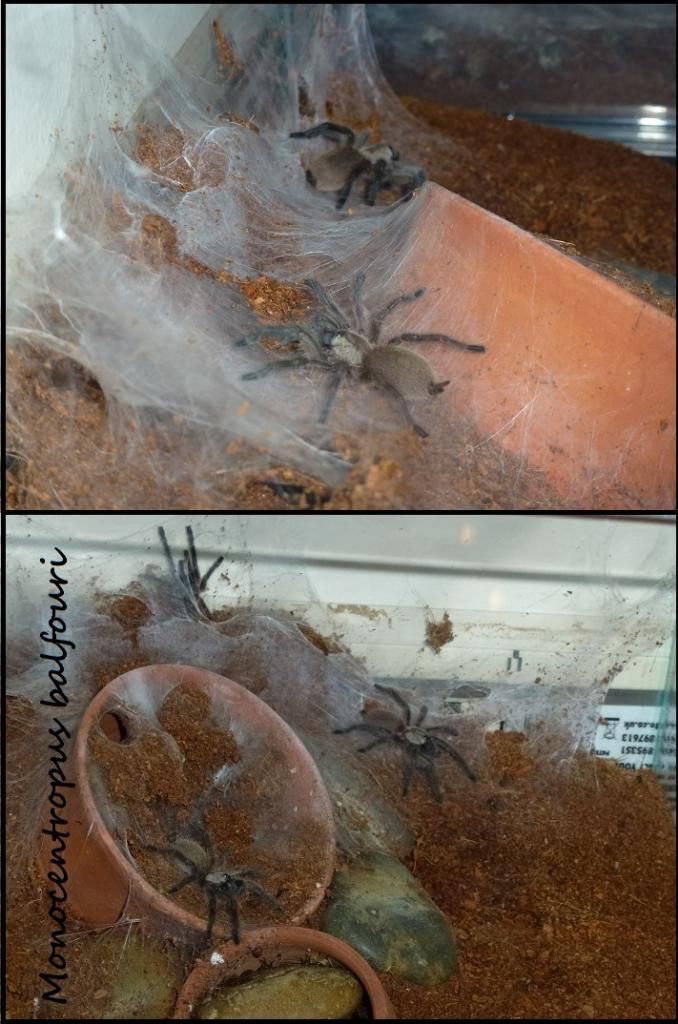
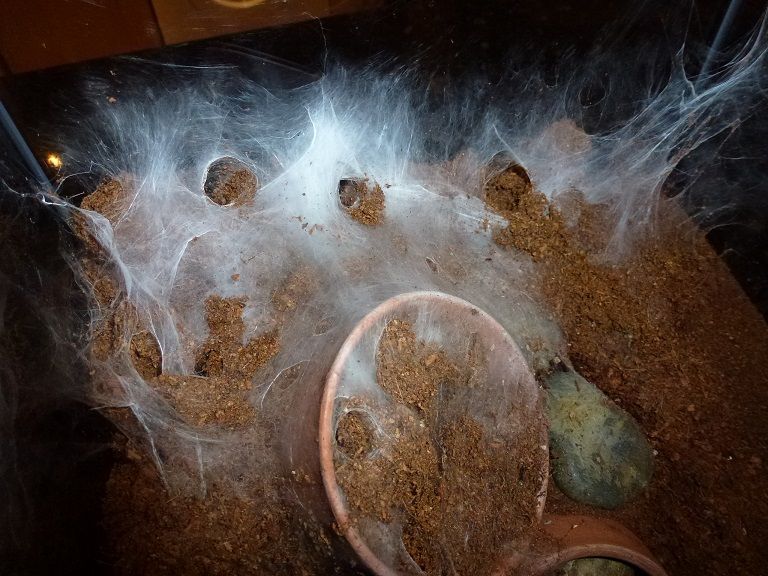
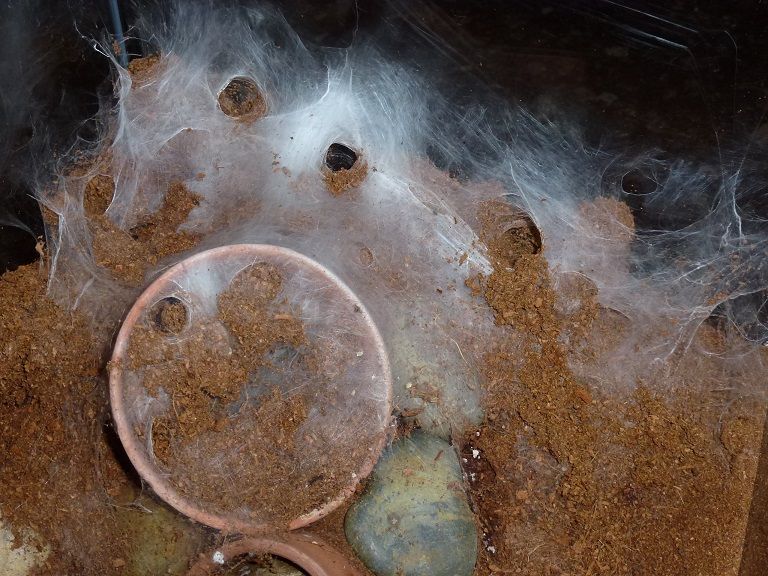
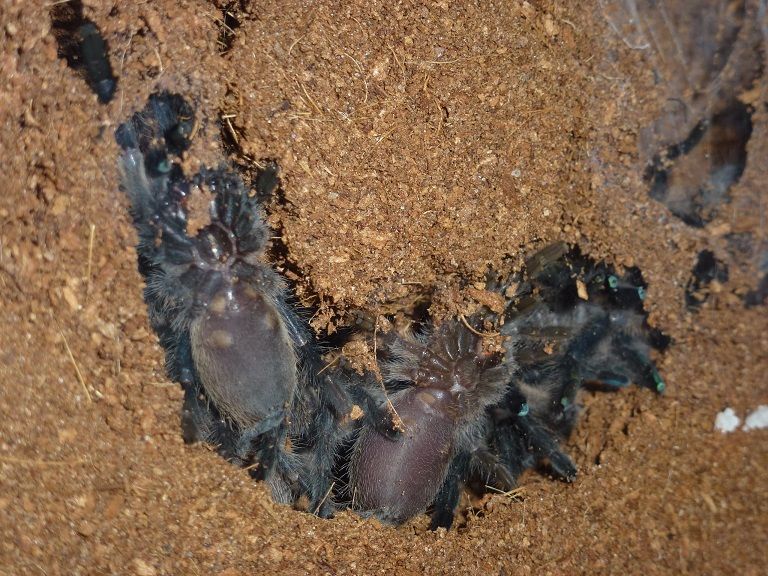
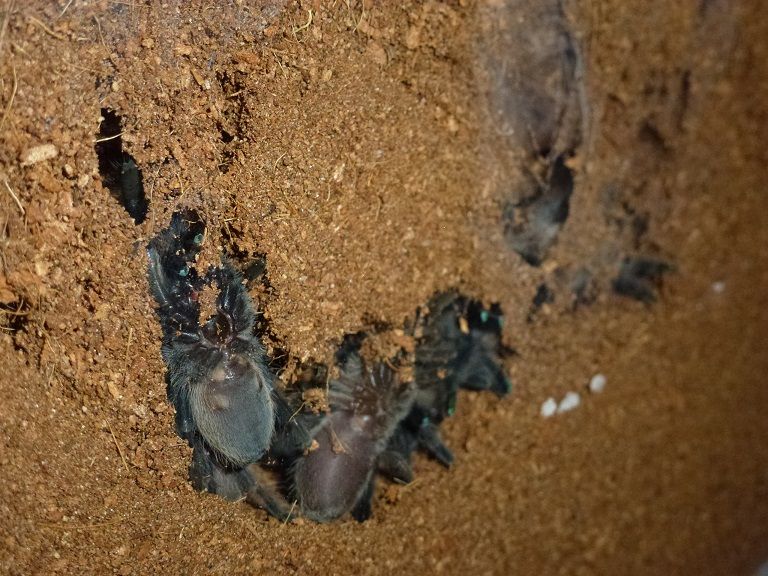
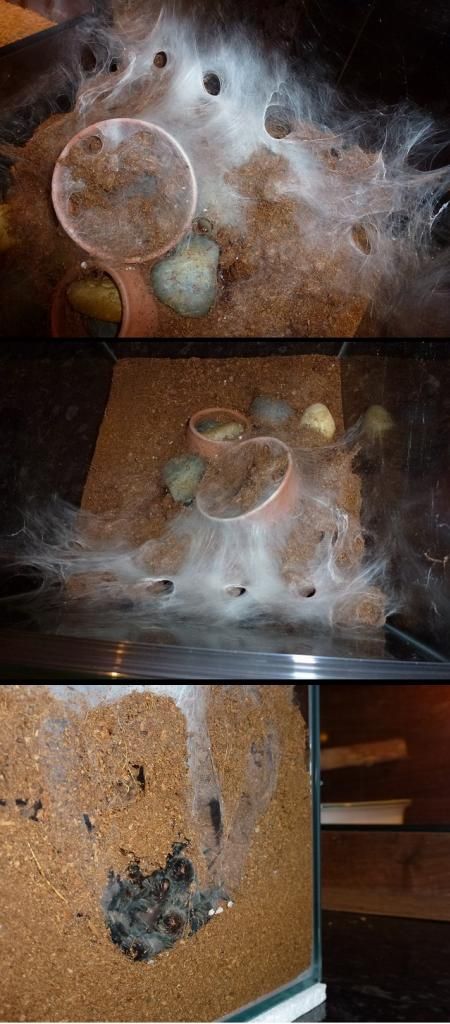

Comment